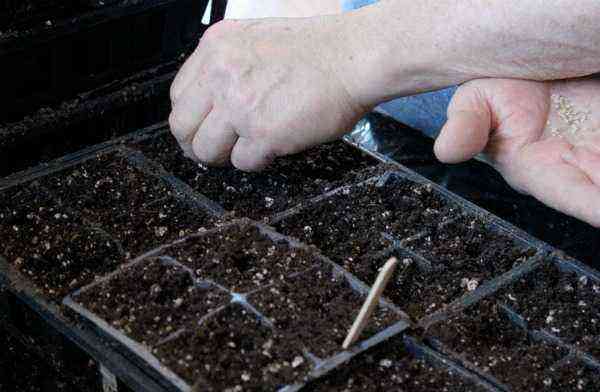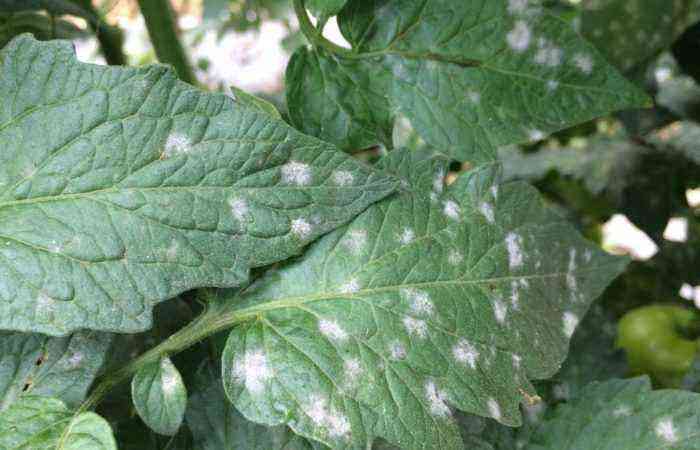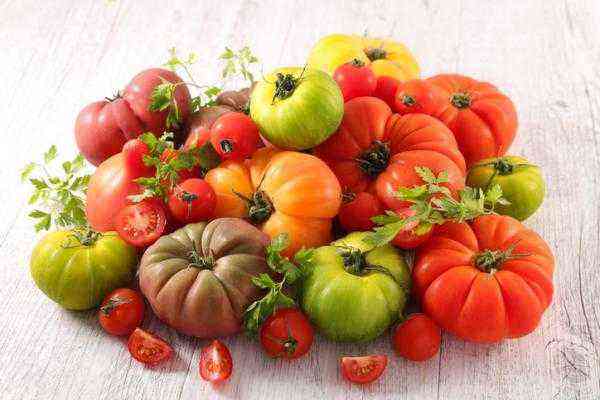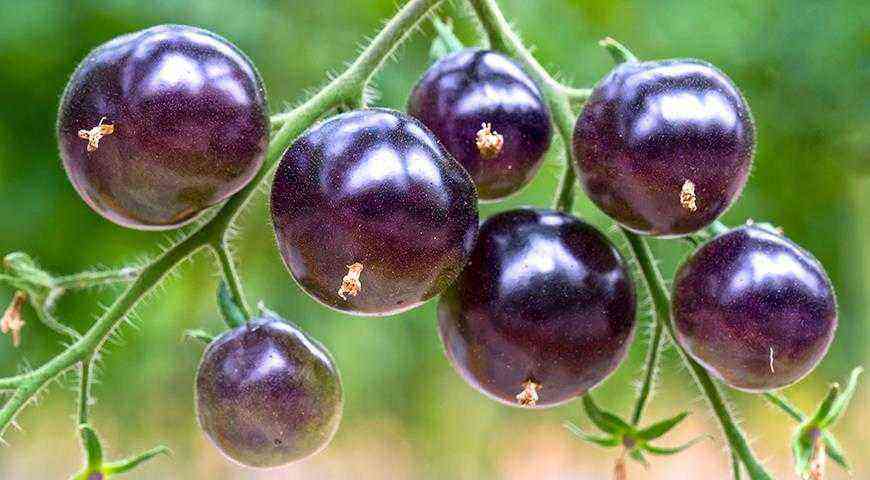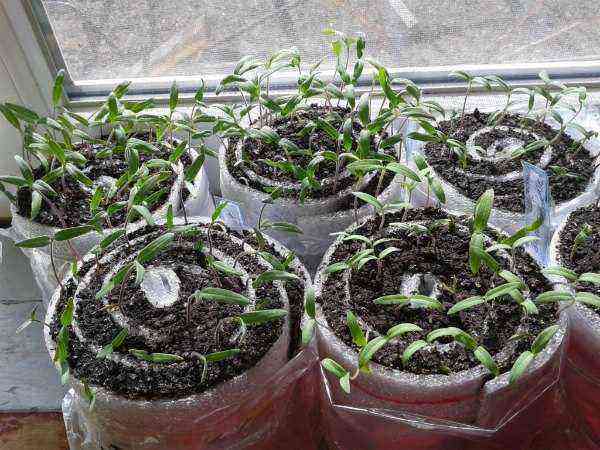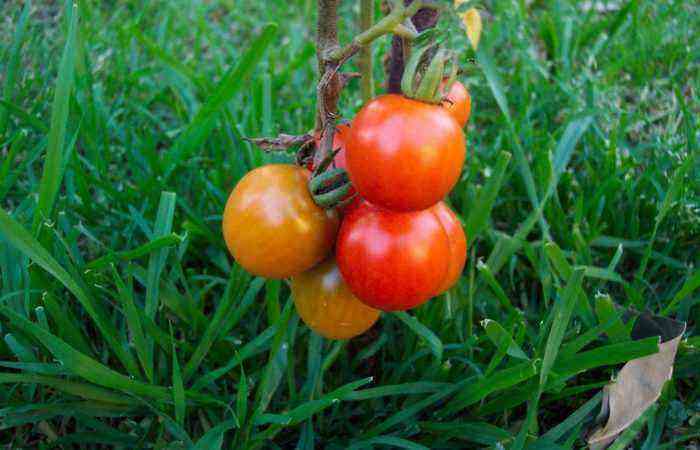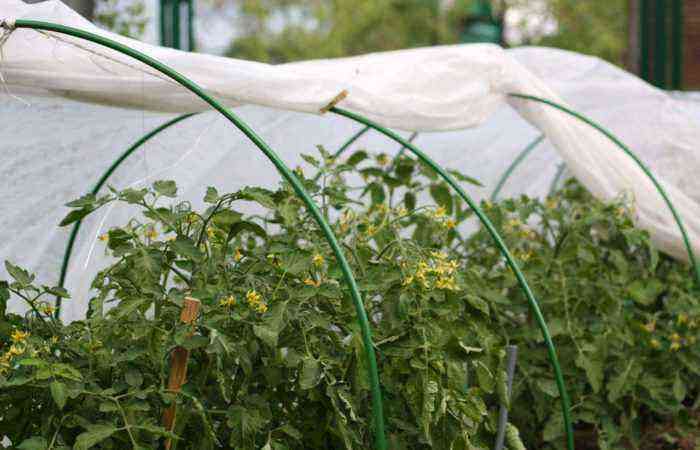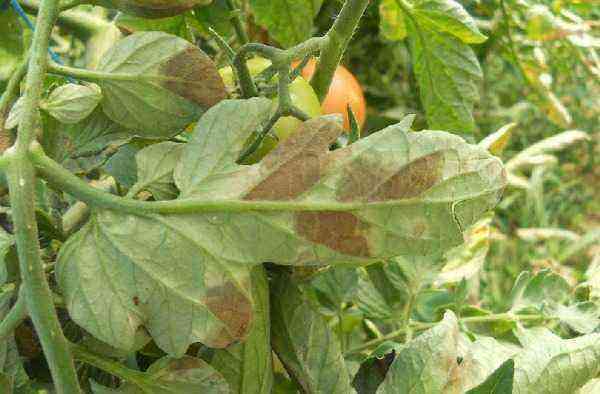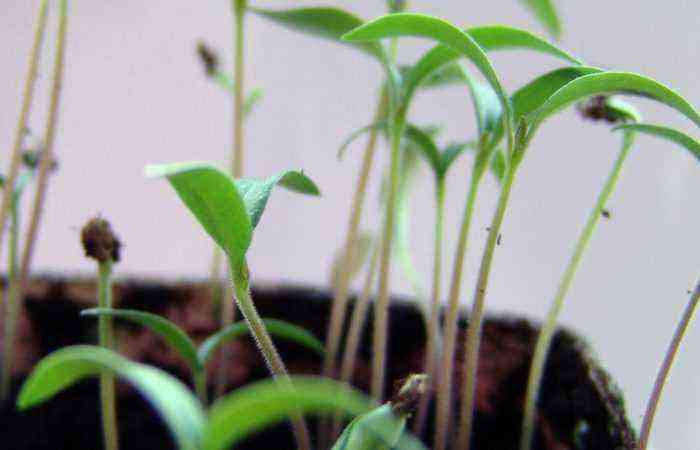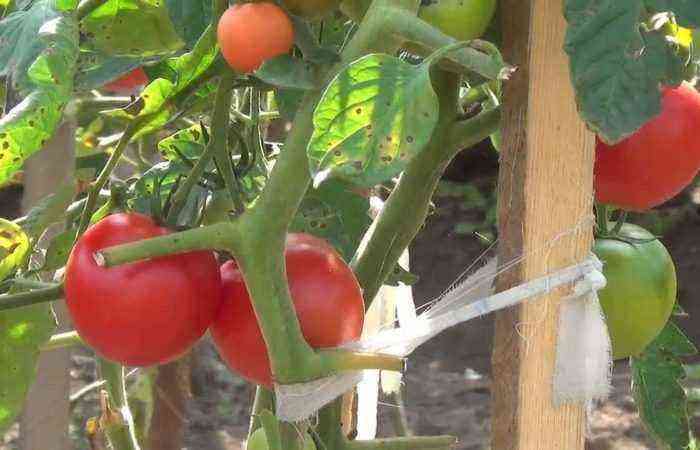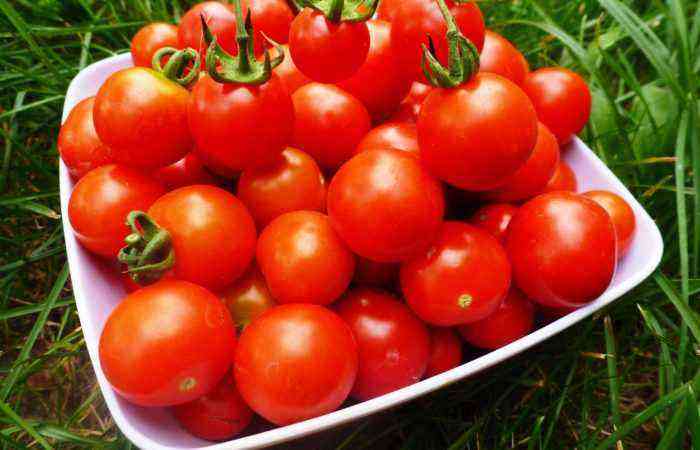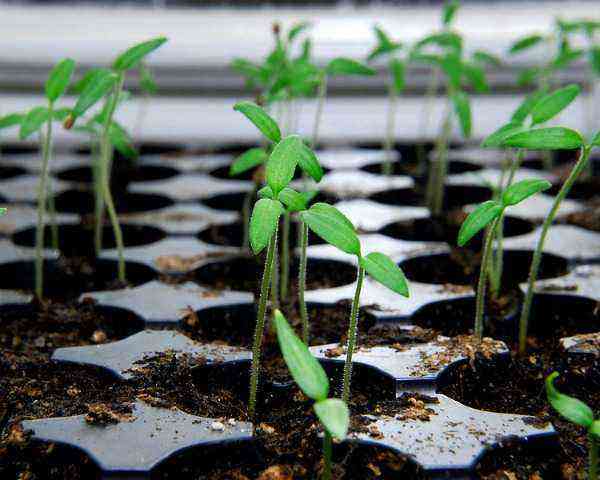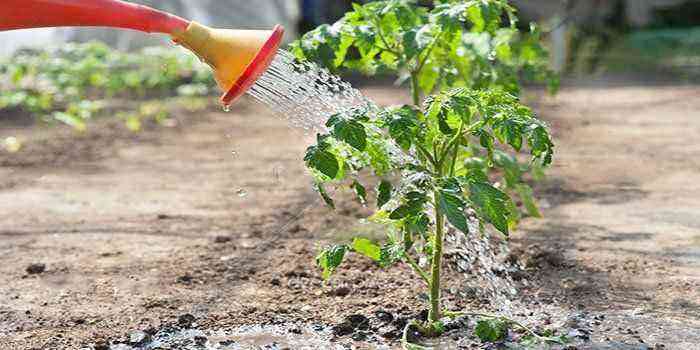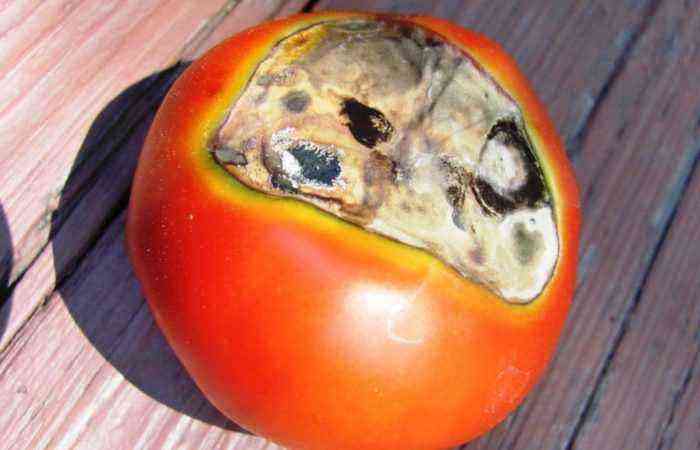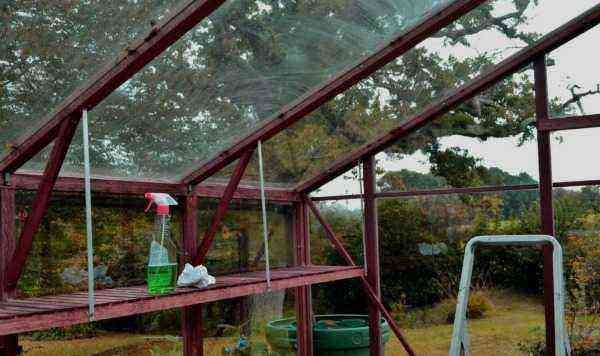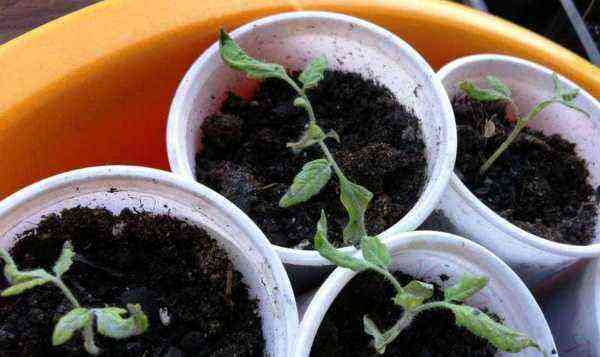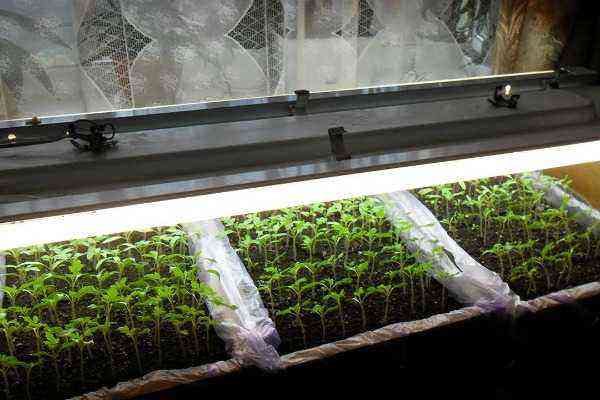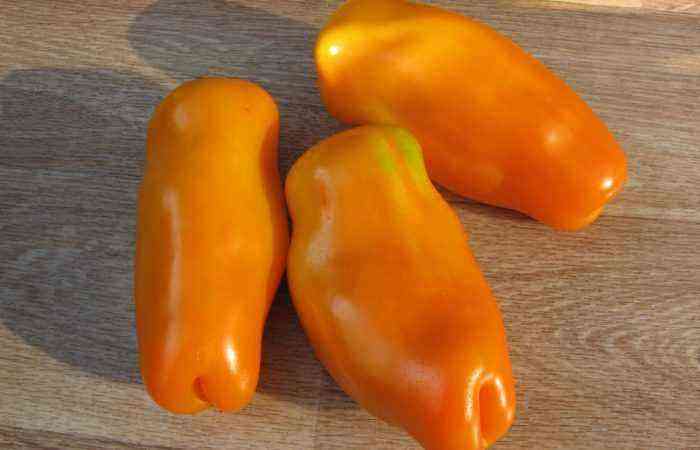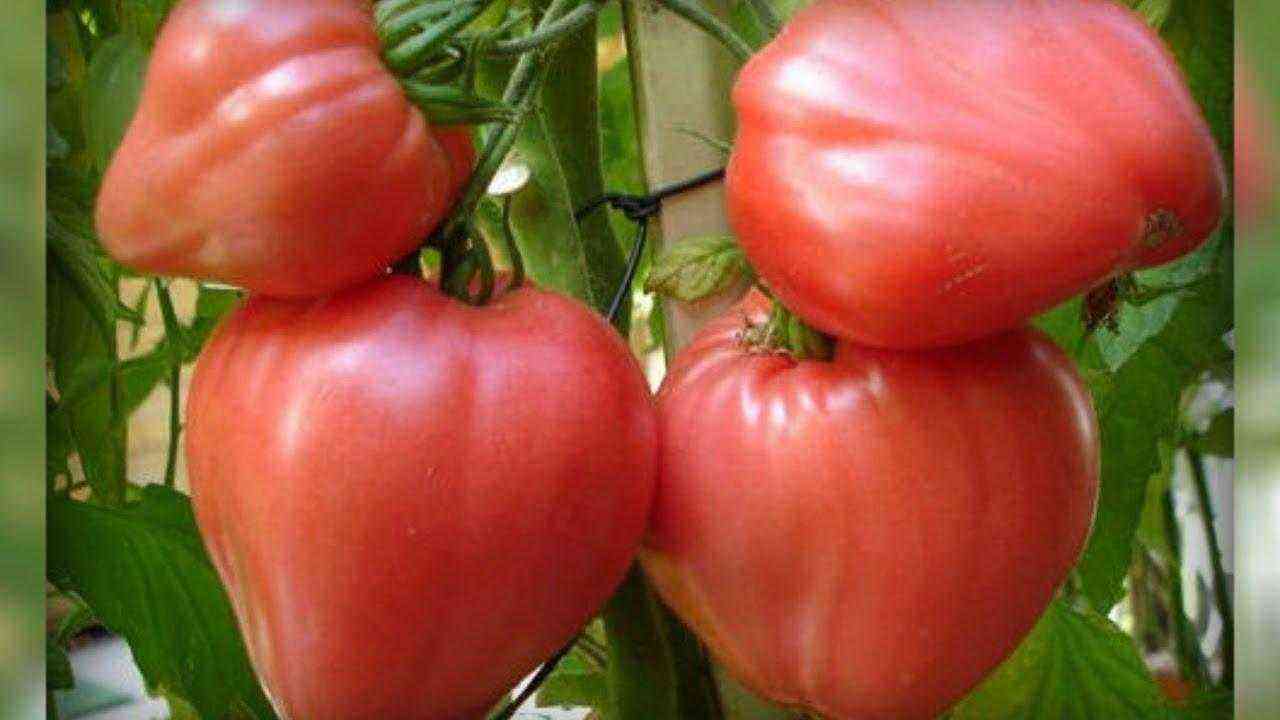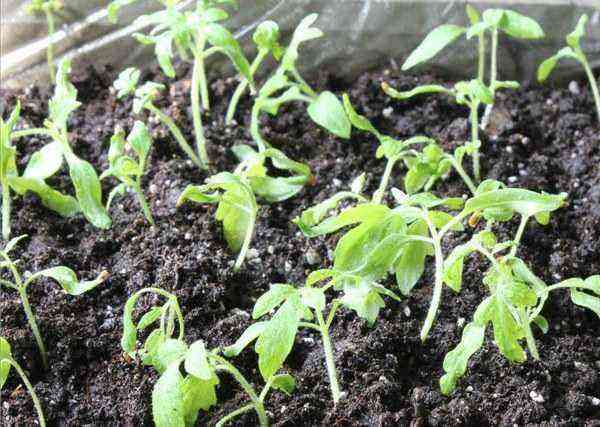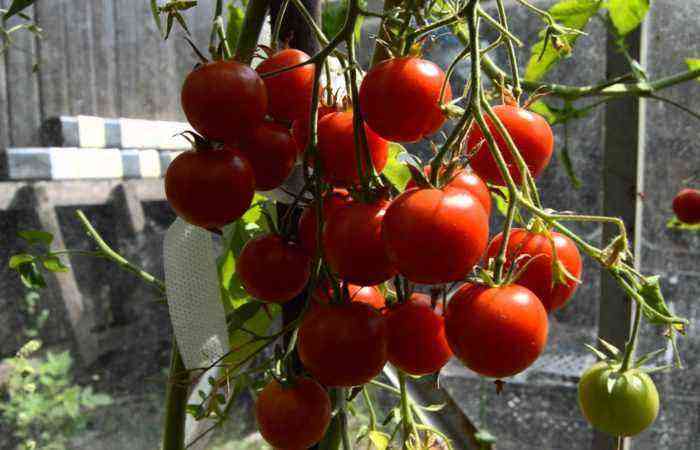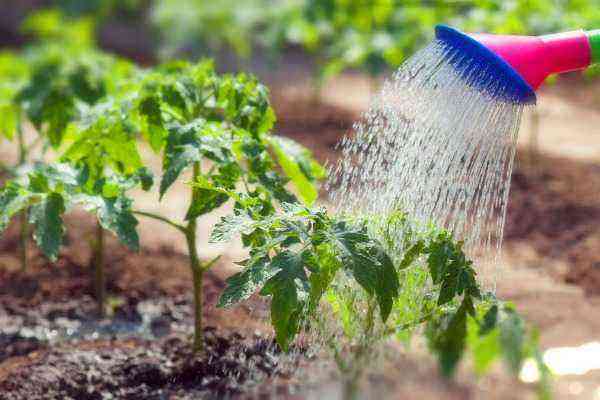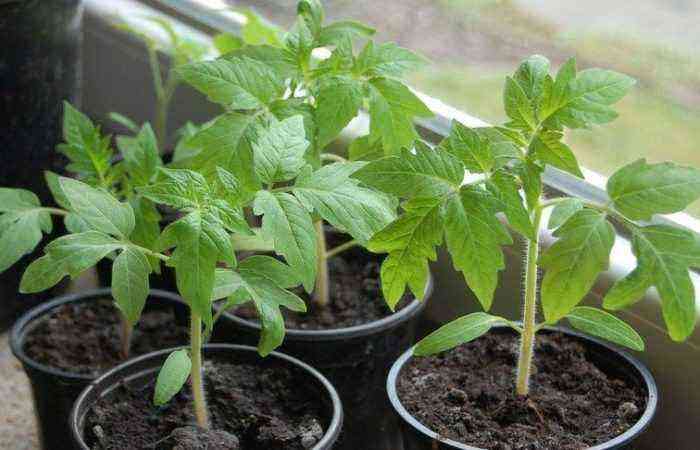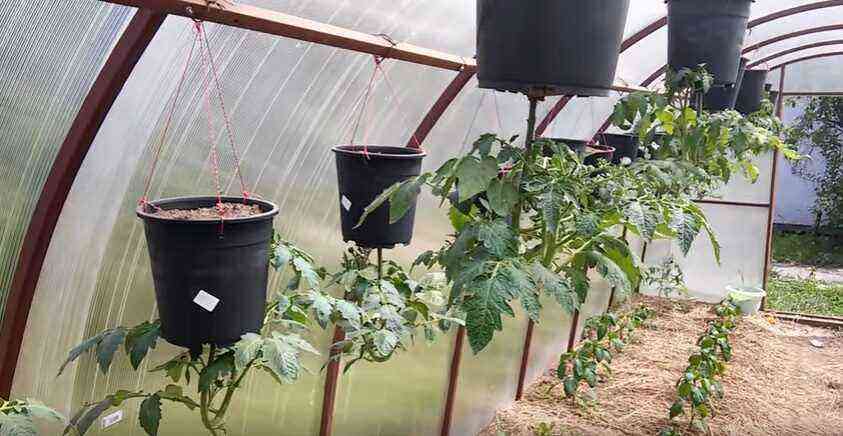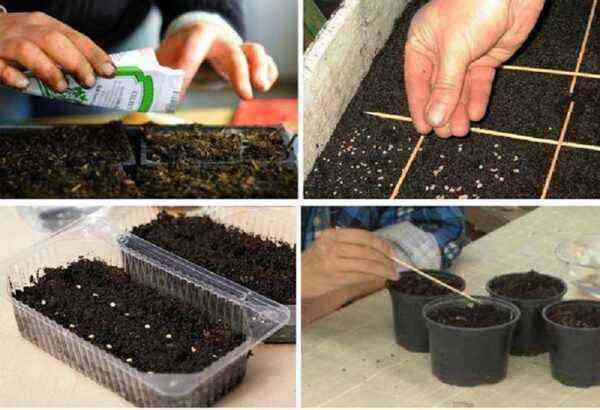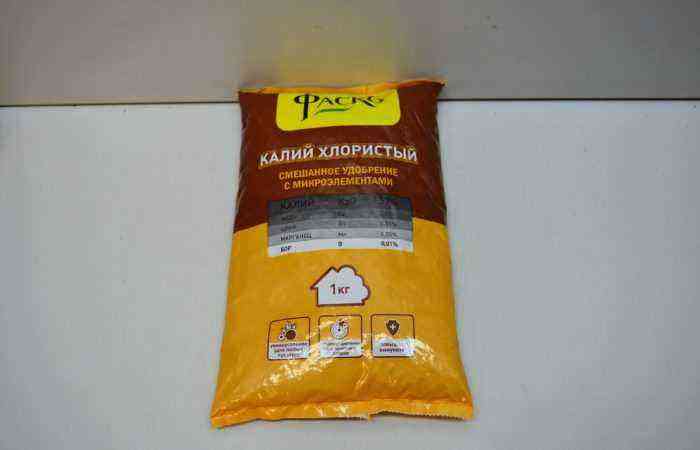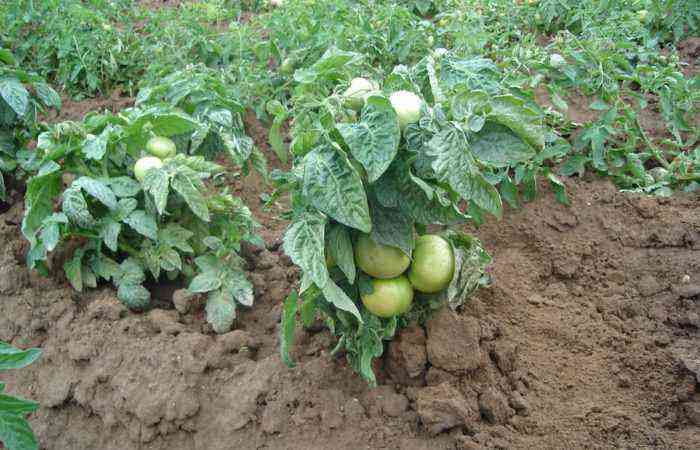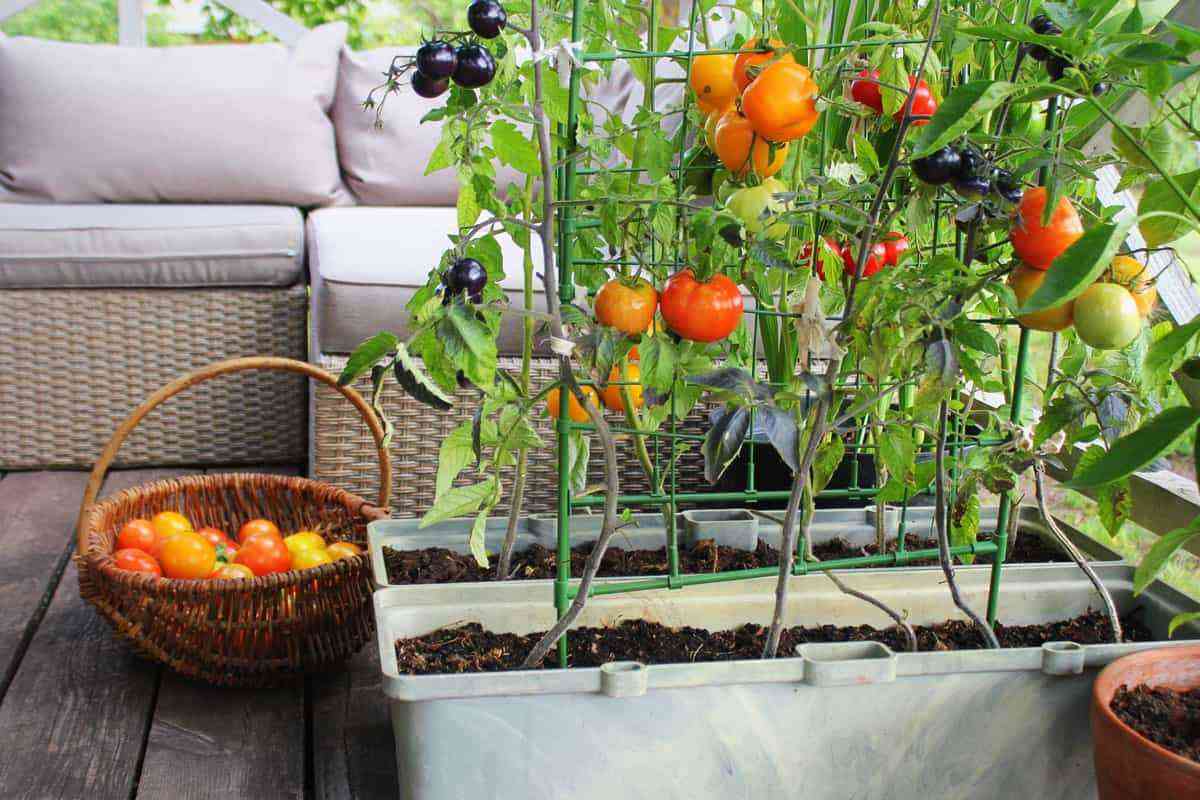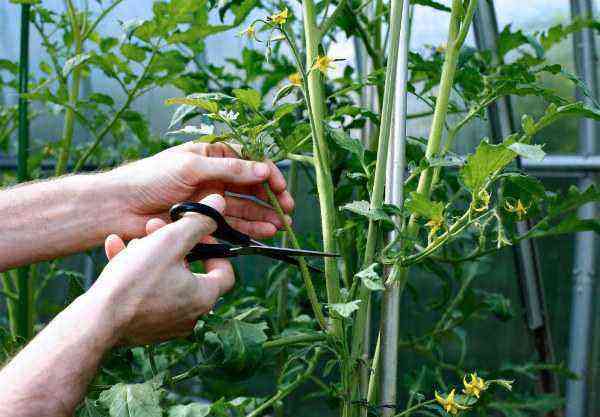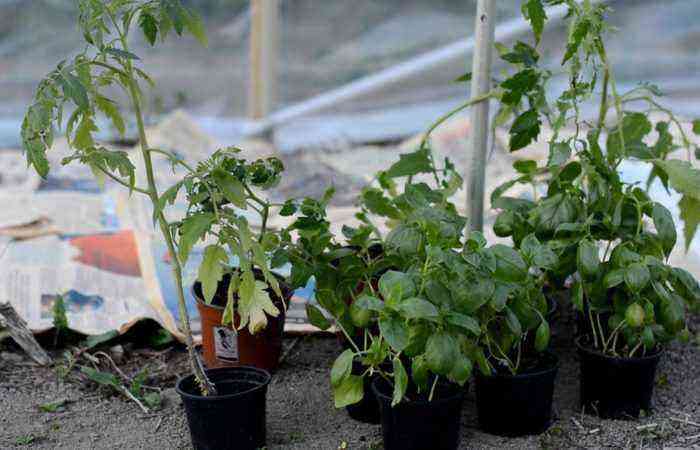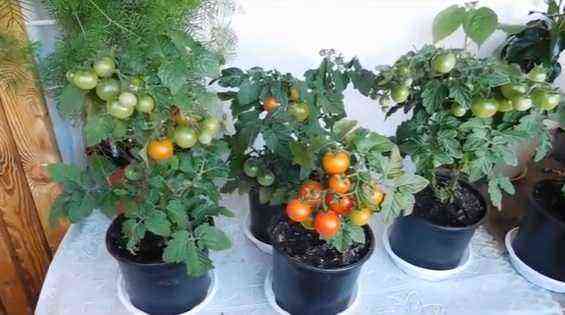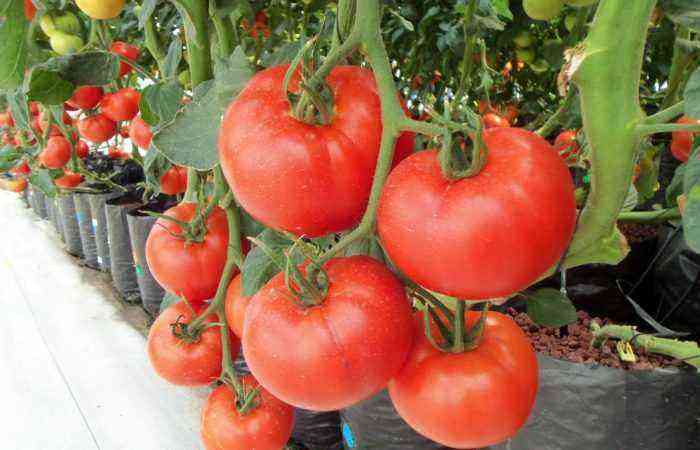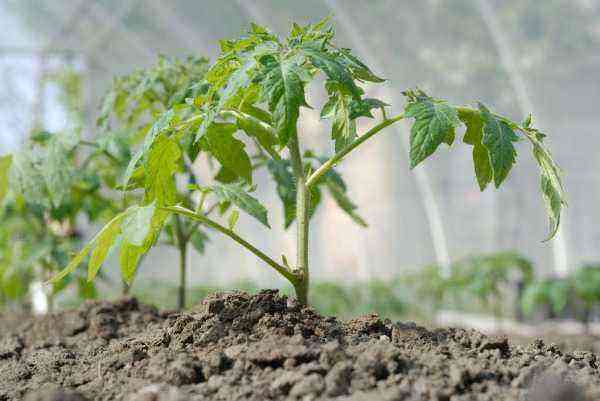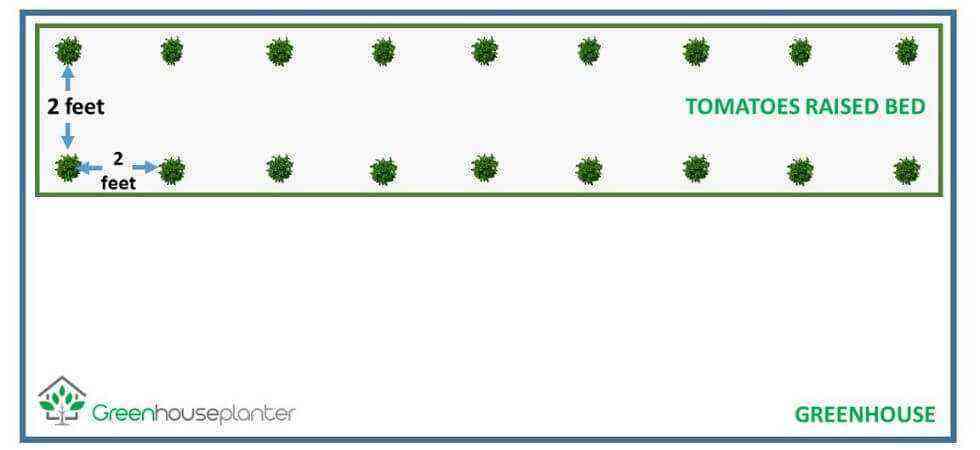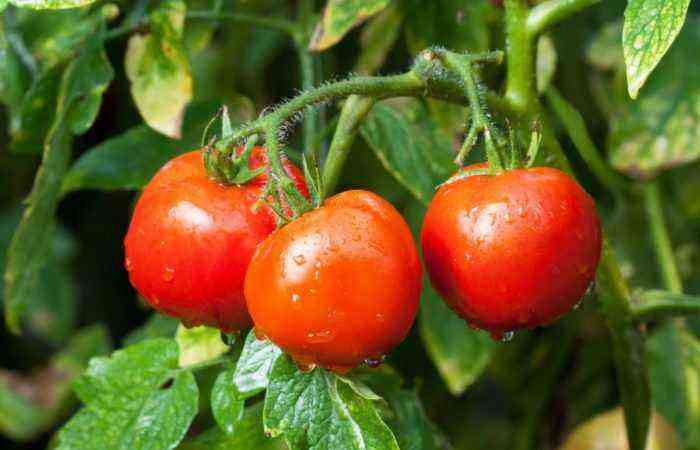Thermophilic and tender tomatoes are very sensitive to lower temperatures and react with their whole body to adverse weather conditions. Therefore, it is so important to use every fine day so that the plant provides the maximum return. To do this, it is necessary that fruiting begin as early as possible.
Breeders are constantly working to reduce the period from sowing seeds to obtaining a full-fledged, high-quality crop. These efforts are not in vain, a large number of early varieties of tomatoes have been created, which give a harvest in less than three months.
What are they – early varieties of tomatoes
Early ripe varieties are also among the indeterminate ones, but still the most early ripening ones are undersized determinant plants. Among them, there is even a separate group of ultra-early varieties. Such plants have distinctive features that characterize their physiological features:
- short stature (from 30 to 80 cm);
- compact bush;
- short internodes;
- low location of the first flower brush: above 5-7 leaves and then after 1-2 leaves;
- friendly ripening of the crop in a short time.
Some early tomatoes practically do not form lateral shoots, and the plants do not need pinching.
Vehetatsyonnыy period
If we consider early indeterminate varieties, then their growing season is quite long and their growth is often stopped by pinching the tops to allow the ovaries to ripen before the onset of adverse weather conditions.
They are early because they begin fruiting in a short time after planting.
Super early determinant tomatoes completely finish fruiting until September, as they form a limited number of fruit clusters (3-5) and finish the growing season.
Early determinate tomatoes produce from 5 to 8 fruit clusters on the central stem, but can still produce on side shoots, so their fruiting periods are quite long.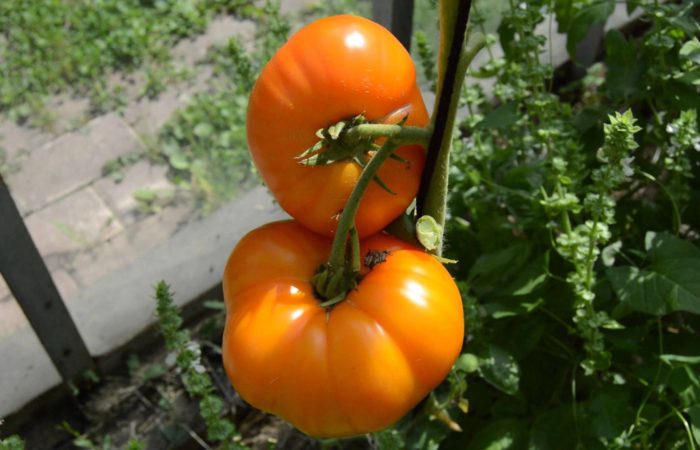
Productivity
It depends both on the variety itself and on the type of bush and place of growth (open ground, greenhouses, temporary shelters) and averages from 3 to 15 kg per 1 m2.
Habitat
Early varieties have a wide geography of cultivation. They have time to give a harvest even in the conditions of a short summer in the northern regions, especially in protected ground. In the southern regions, after the end of the growing season of early tomatoes, you can successfully get a second crop of vegetable crops.
Pros and cons of early ripe varieties
- early dates for the arrival of the first harvest have a high selling price;
- fruits of universal purpose with good commercial qualities;
- ease of cultivation, care and harvesting;
- short growing seasons allow you to grow crops before the development of major diseases, such as late blight, cancer, etc.
Minor disadvantages of some varieties of early tomatoes include a short harvest period, lower yields, and small fruit size. But there is an exception to this rule as well.
Tomatoes of early varieties for greenhouses and open ground
For greenhouses by type of bush are more suitable:
- indeterminate varieties, such as: “Golden Brush”, “Mandarinka”, “Sprinter F1”, “Samurai F1”, etc. They have a long growing season, full-fledged fruit brushes are formed every two leaves, form into one stem. Fruits from 80 to 150 g, dense, juicy, universal purpose.
- semi-determinant “Present F1”, “Superstar”, etc. form into one or two stems.
For film greenhouses, you can use resistant hybrids:
- “F1 Blagovest”, “F1 Gina”, “F1 Cavalier”, “F1 Shustrik”.
For winter greenhouses F1:
- “NK-Sprinter”, “Caspar”, “Overture-NK”, “Verlioka”, “Search”, “Tornado”.
Hybrid F:
- “Typhoon”, “Druzhok”, “Blagovest”, “Semko-Sinbad” provide a yield of up to 10 kg per square meter, fruits of good commercial quality, smooth, weighing 70–100 g. They can be grown in shelters and without them.
For open ground:
- Parodist, Marisha, Benito F1, Aphrodite F1, Explosion, Liana, Alpha, Gina, Doll F1.
Ripen in 80-100 days. The type of bush is determinant. Fruits of universal purpose weighing from 100 to 200 g, only Alpha is a little smaller (50-70 g). They are dense, well stored, tolerate transportation.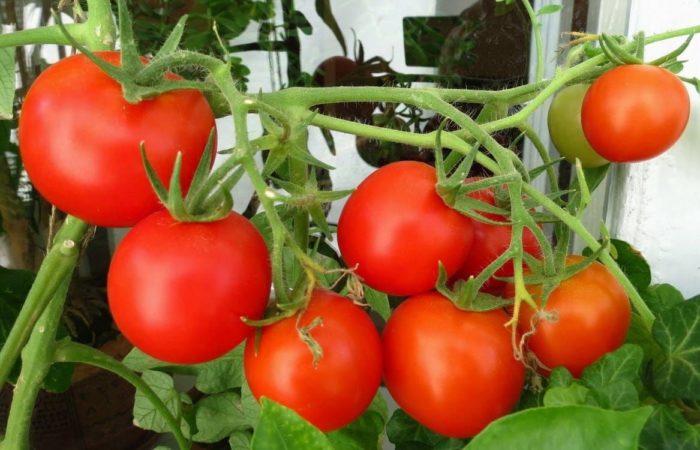
The plants are easy to care for, they are not tall, they form a small number of stepchildren. High resistance to diseases and adverse weather conditions allows you to get a quality crop in a short time.
For balconies, low-growing, 25-30 cm high, varieties are created, superdeterminant, not requiring formation. The fruits are small, their weight is from 20 to 30 g, but very sweet. By maturity:
- “Room Surprise”, “Garden Pearl” – 80-90 days;
- “Pygmy room”, “Pinocchio” – 90-95 days.
It is convenient to use such plants in greenhouses and open ground for compacting plantings.
Examples of ultra-early varieties: “Silhouette”, “Greenhouse early F1”, “Superstar”, “Boni-M”. They begin to ripen in less than 80 days.
The author of the video shows how and under what conditions she grows low-growing determinant early varieties of tomatoes.
Healthy seedlings are the key to an early harvest
Seed sowing
Seedling preparation begins at the end of February. The timing of sowing seeds can vary significantly depending on where the tomato will be grown:
- winter greenhouses – from January;
- film greenhouses – from February;
- open ground – end of March / beginning of April.
Pixoning seedlings
Seedlings dive when the sprouts give the first – the second true leaf. The essence of picking is not only to increase the amount of nutrition, but also to provoke the development of lateral roots by pinching the tap root.
Temperature
The temperature and light conditions should not stimulate the elongation of seedlings. Air temperature:
- before shoots 23-25°C;
- germination 14-16°C;
- before picking 16-18°C;
- after picking 20-22°C.
The night temperature is 2-3 degrees lower, two weeks before landing in the ground, hardening is carried out, gradually lowering the temperature.
Signs of healthy seedlings
Seedlings are ready for planting in the ground 40-45 days after sowing when grown without picking and after 45-50 days with picking. It should have a strong, stable stem, rich green color of the leaves without extraneous inclusions and twists. The leaves are at right angles to the stem.
Planting dates in open ground
Depending on the type of protective structure and the region, the planting dates can vary from February (heated stationary greenhouses) to the end of April – the first half of May (film greenhouses). Tomatoes are planted in open ground after the onset of steadily warm weather in late May – June. By this time, the soil should warm up above 10°C, and the air above 15°C.
How to properly plant seedlings
Early tomato varieties can be grown outdoors and in all types of protective structures. Due to the low growth and compact structure of the bush, you can use low greenhouses, tunnels and take uncomfortable places under the rounding of greenhouses.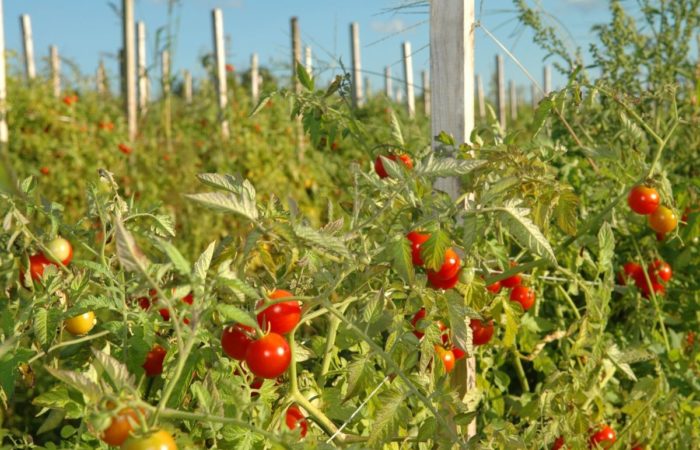
The planting pattern depends on the type of bush and the width of the plot or greenhouse:
- standard and low-growing plants that form into one stem are planted with a distance between plants in a row of 25-30 cm, and between rows – 35-40 cm. For them, both the lower-line method of planting, and planting in a checkerboard pattern, and square-nesting are suitable when two seedlings are planted in one hole.
- tall early tomatoes, which form in 2-3 stems, are planted at a distance of 50-60 cm from each other in a row, and the distance between rows is from 50 to 70 cm. It is better to grow such plants in one or two rows and leave a passage of 70- 90 cm for easy maintenance and harvesting.
Bush formation methods
For varieties with a short ripening period, there are several options for the formation, which are determined by physiological characteristics:
- Undersized, standard, ultra-ripe do not require formation at all.
- Determinate low- and medium-sized ones form into one stem, after the formation of the last flower brush, they transfer fruiting to a lateral shoot located below this brush. You can leave two (or even three) shoots under the first or next brush to get several fruiting stems.
- Early indeterminate and high determinate plants are best formed into one stem, removing all shoots that form in the leaf axils.
How to properly tie bushes
Many low-growing, standard tomato bushes do not require a garter, as their stem is able to hold vertically a small amount of fruits that this variety sets.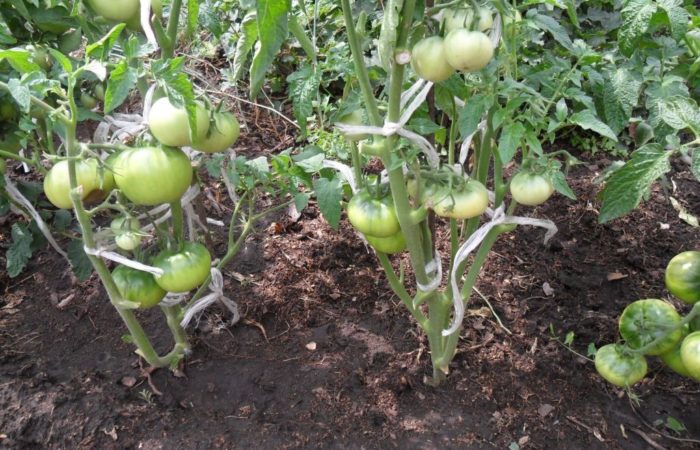
Taller plants are tied to a stable support or trellis stretched parallel to the row. The garter is carried out after the appearance of the first flower brush with a soft thread or cloth that does not injure the plant.
The correct selection of varieties by ripening time contributes to a significant lengthening of the period for the receipt of fresh products and the rational use of space. Early varieties of tomato occupy a place here that other varieties cannot occupy.

